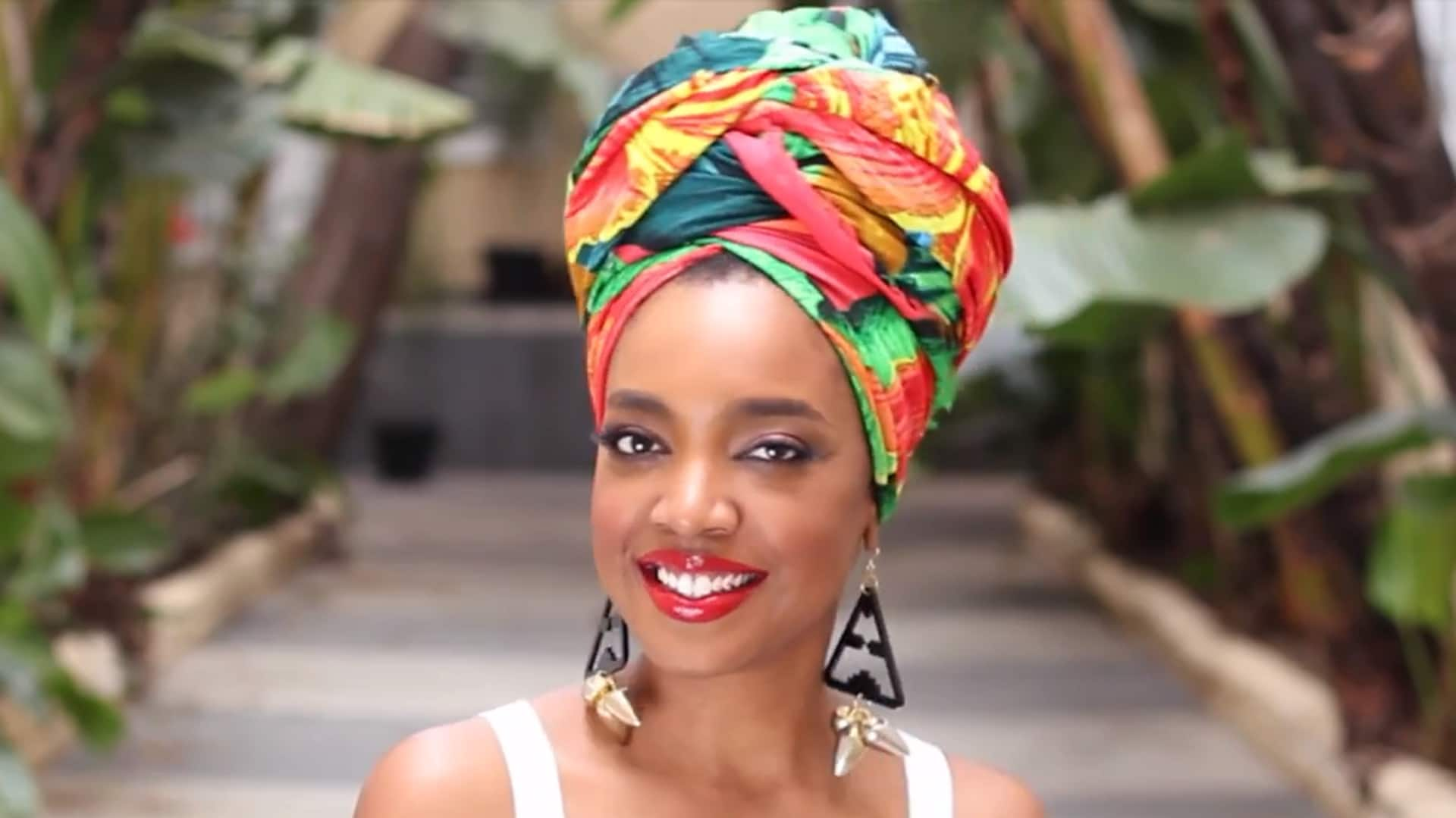
Celebrating diversity through African headwraps
What's the story
African headwraps are not just fabric pieces but symbols of rich cultural heritage and identity, worn across the continent. Each style and pattern tells a unique story of ethnicity, social status, and marital status. This article explores the significance of African headwraps, providing insights into their history, key concepts behind their use, and advice for integrating them into modern fashion.
Background
The historical tapestry
African headwraps boast a deep historical significance, serving myriad purposes from shielding against harsh climates to denoting social status. In numerous cultures, these headwraps are deemed sacred and are donned during special ceremonies or as a gesture of respect. The tradition of wearing headwraps varies widely across different regions, mirroring the continent's rich tapestry of diverse cultures and histories.
Key concept
Unraveling meanings
Each pattern and color woven into an African headwrap carries distinct meanings. Bright colors typically symbolize joy or festivity, while intricate patterns might reveal the wearer's village or ancestral lineage. Grasping these subtleties enriches their allure, enabling individuals to express their identity more genuinely. This understanding bridges a deeper connection to cultural narratives, enhancing the headwrap's beauty and significance.
Practical advice 1
Styling with significance
Incorporating African headwraps into your wardrobe is both a fashion statement and a nod to cultural appreciation. Begin with simple styles like the front knot or turban for daily wear. It's crucial to choose fabrics that align with your personal style and respect the cultural significance of certain patterns or designs, ensuring a meaningful connection to this rich tradition.
Practical advice 2
Embracing cultural fusion
Modern fashion blends traditional African headwraps with Western styles, like jeans and a blazer, for an eclectic look. This fusion respects cultural origins while promoting global unity through style. African headwraps are more than aesthetic; they're heritage symbols with deep stories. Understanding their history and meanings allows us to wear them as respect symbols, bridging cultures with bold fashion statements.